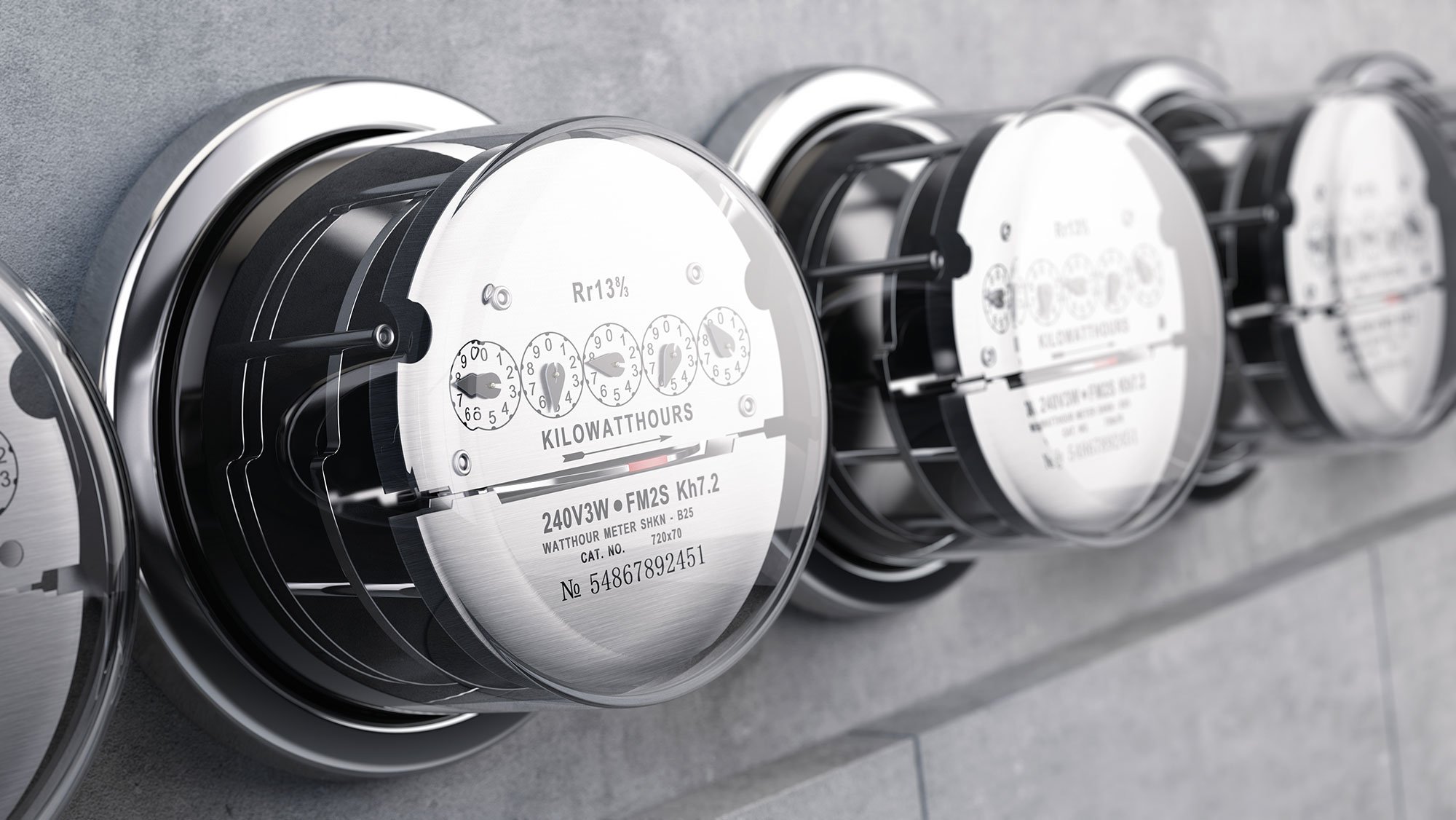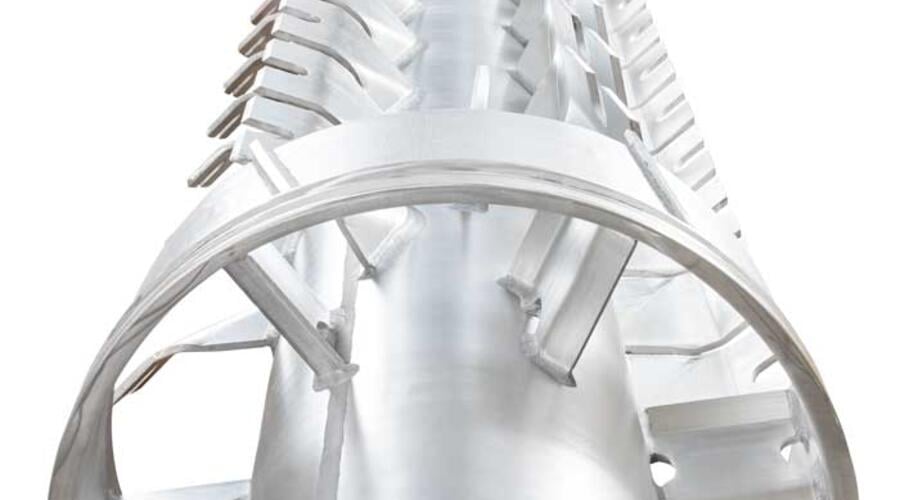

- Home
- Evaporation
- I want to
Reduce Energy Consumption
Reduce Energy Consumption
Thin film evaporators and dryers are used in various processes for the concentration or separation of liquids by evaporation. Evaporation requires energy to heat the material and due to climate change and mounting energy concerns it is important to consider energy efficiency when selecting an evaporation technology. Thin film evaporation requires lower energy consumption compared to traditional evaporation methods due to its design and operational characteristics including:
Efficient Heat Transfer
The thin film design allows for efficient heat transfer between the material and the heated surface. Thin Film design uses indirect heat transfer which does not require a heated airstream to treat. This results in quicker evaporation and requires less energy to achieve the desired level of concentration.
Additionally, the thin film design ensures a thin layer of liquid flows over a heated surface. This minimizes the residence time of the liquid, reducing the energy required for the heating process.
Heat Recovery
Thin film evaporators can be integrated into heat recovery systems, capturing and reusing heat for other processes improving overall energy efficiency for a facility.
Pre-Heating Incoming Feed
The recovered heat can be used to pre-heat the incoming material which reduces the sensible heat requirement of the dryer, increasing evaporation efficiency and decreasing evaporator size.
Self-Cleaning Heat Exchange Surfaces
The self-cleaning design of thin film technologies minimizes fouling on the heating surface. Reduced fouling means that the system maintains its efficiency over time and requires less energy for cleaning and maintenance.
Operation Under Vacuum
Thin film design allows operation under vacuum or low-pressure conditions. Lowering the pressure reduces the boiling point of the liquid, allowing for energy-efficient evaporation at lower temperatures.
Continuous Operation
Thin film evaporators operate continuously, allowing for a steady flow of material through the system. Continuous operation eliminates the need for frequent startups and shutdowns which additional heat not used in the evaporation process.
Compact Design
Thin film evaporators have a compact design which limits the equipment's outside area in contact with the ambient air. This leads to reduced heat losses and more efficient space utilization.
Adaptability to Varying Product Characteristics
Thin film equipment can handle a wide range of feed materials and the nature of the process equates to fast-processing of this material. Therefore, operational parameters to be adjusted quickly changing conditions, reducing energy consumption associated with process changes.
Thin film evaporation technologies offer many advantages over other technologies in terms of energy efficiency. To learn more about our energy efficient technologies please reach out to us and we would be happy to help.
Articles

Design Innovation for Thin Film Evaporators Increases Production Efficiencies and Lowers Space Requirements
7/28/2020
As today’s residual chemical requirements in consumer goods become more stringent, an emphasis has been put on cleaning up and “polishing” the processes used to produce these products. In order to reach these goals effectively, an evaporation process may require the use of additional stages and equipment, increasing both capital cost and space requirements.